I took pictures as I put it all back together. Put this part is more important then taking them apart anyway. Here ya go
Tools needed: cool jack, stands, shop light, brake parts cleaner, breaker bar w/21mm socket (or the tire iron), ratchet, torx socket, disc brake lube, disc brake quiet, anti-seize lube, hammer, flat head screwdriver, vice grips, forgot the sizes of the wrenches (think it was 10mm, 8mm, and the socket might be 14mm, just bring the box!), and the caliper compressor tool!
Rear caliper has to be TURNED in, not squezzed! Rent the tool for free from the auto store. It's that little circle thing next to the torx socket.
Spray the new pads and rotors with the brake parts cleaner to get some of the new film and crap off before installing.
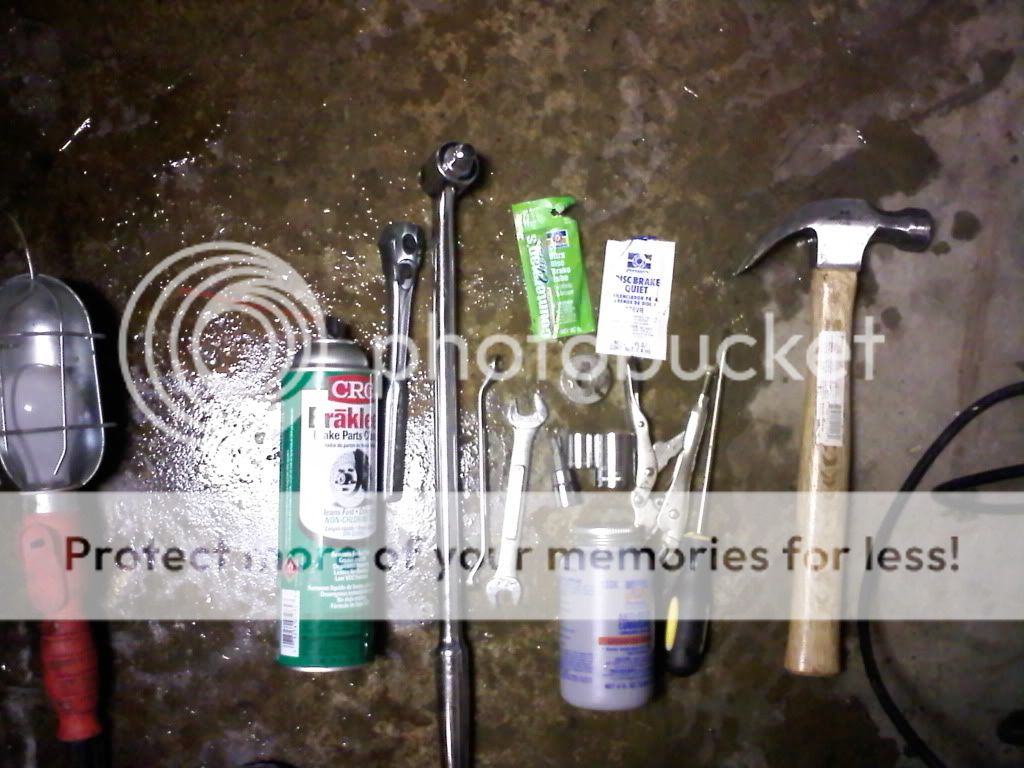
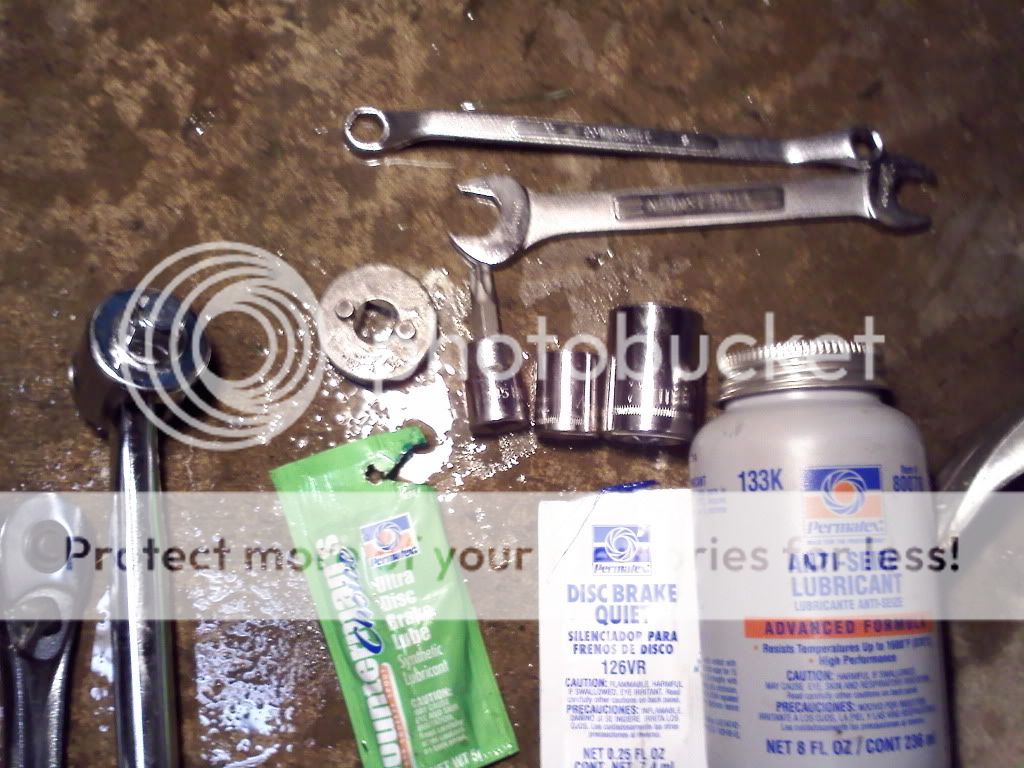
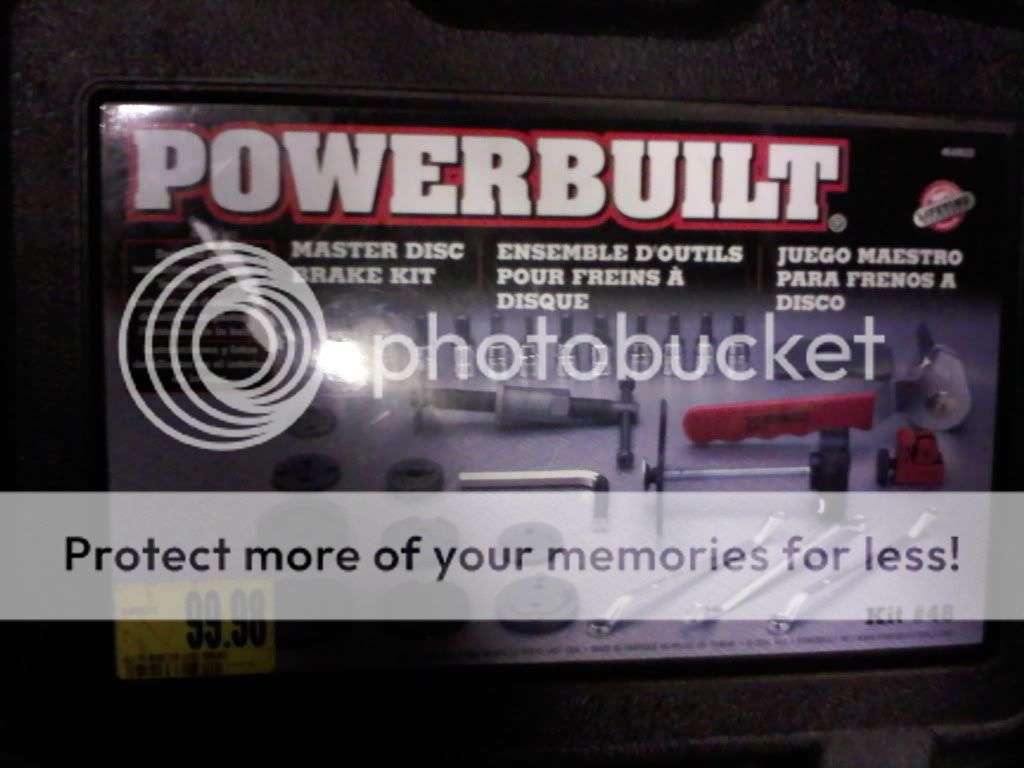
Where I jacked it up and put the stands,
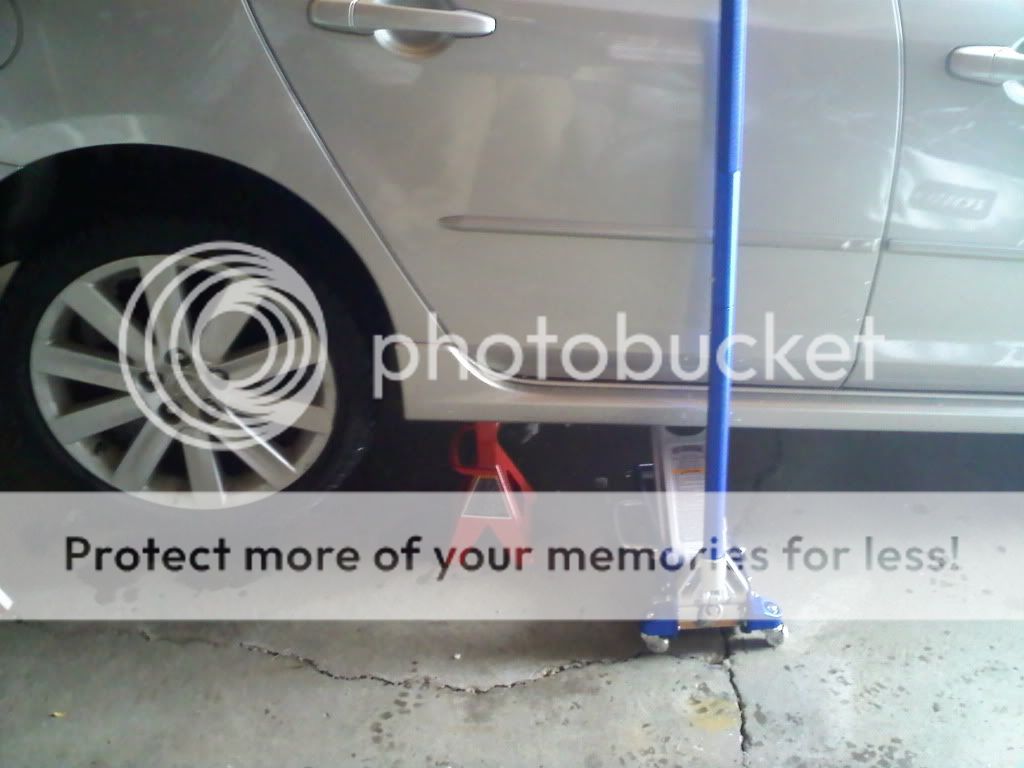
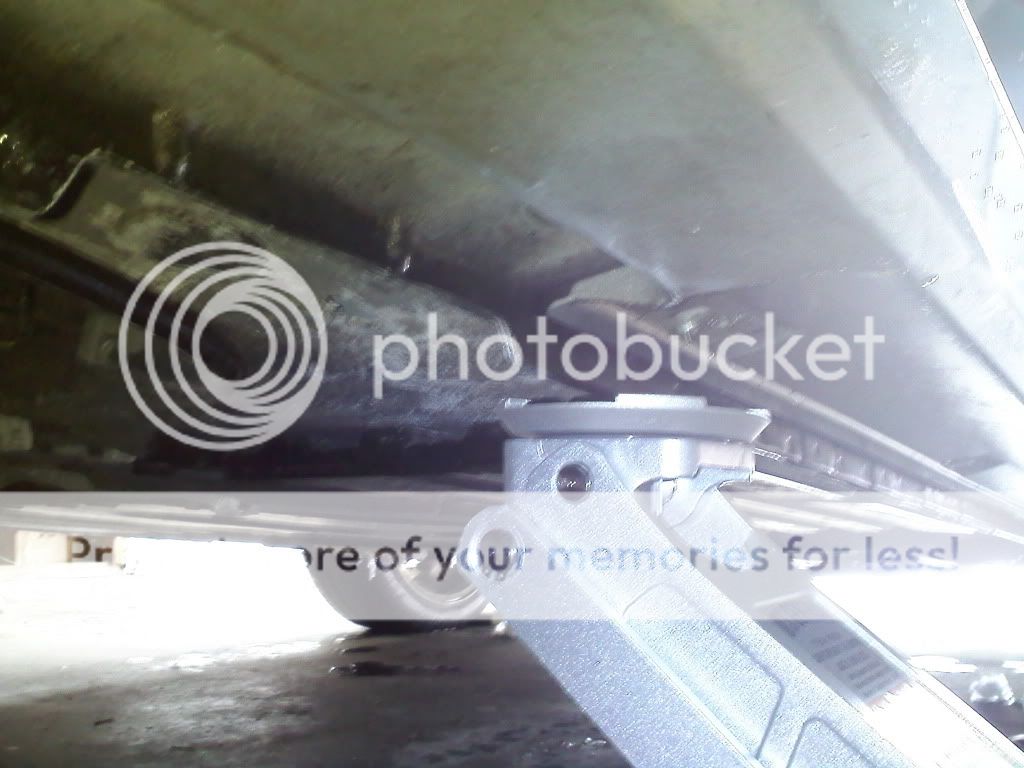
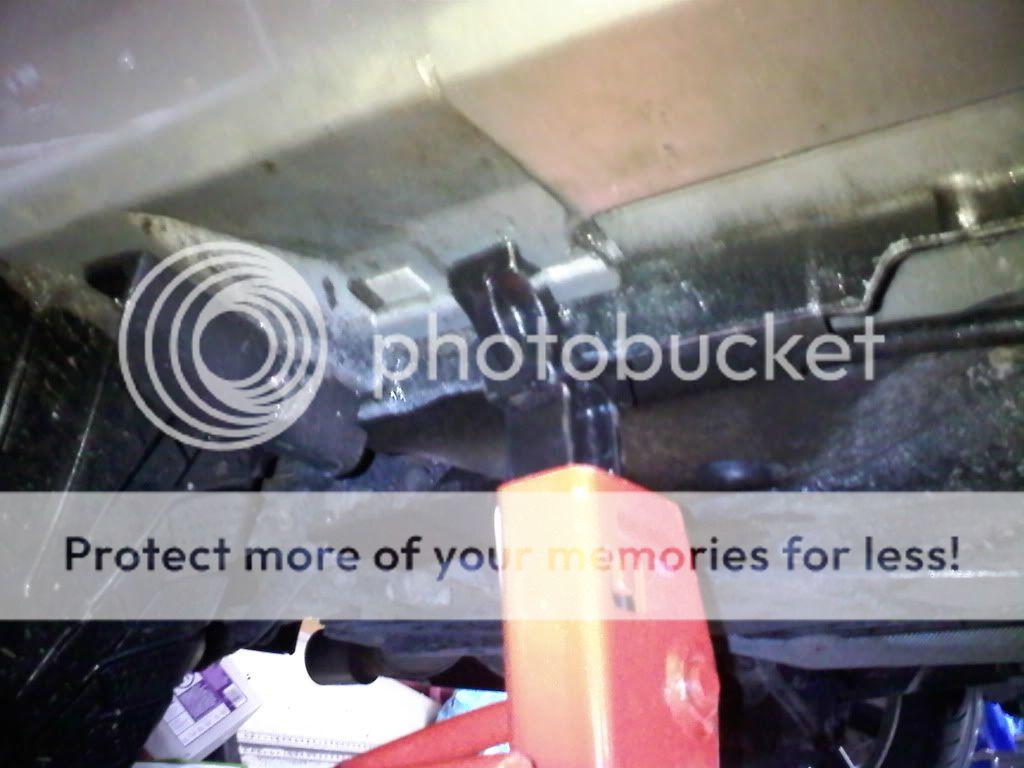
Like I said, we're putting it all back together. So if you're taking it all apart, just do this backwards... REALLY SUGGESTED TO PUT THE LUB, but not "needed".
DO NOT put a crap load of anti seize on the hub, (I put too much, just put a "dab" on the bolts)
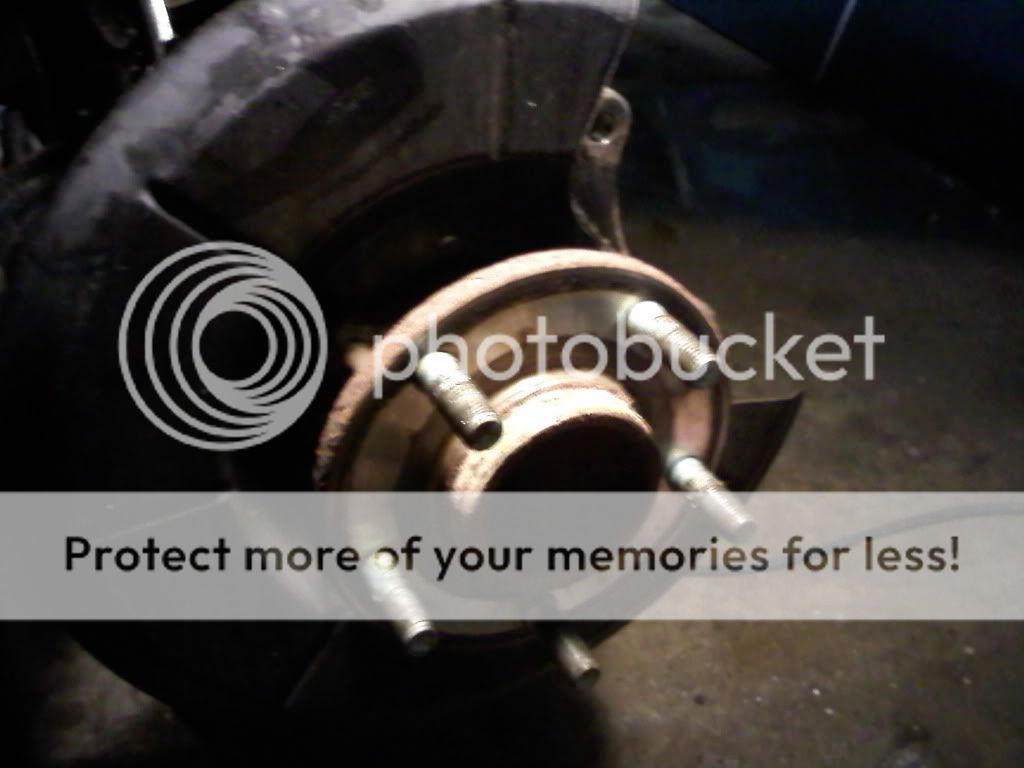
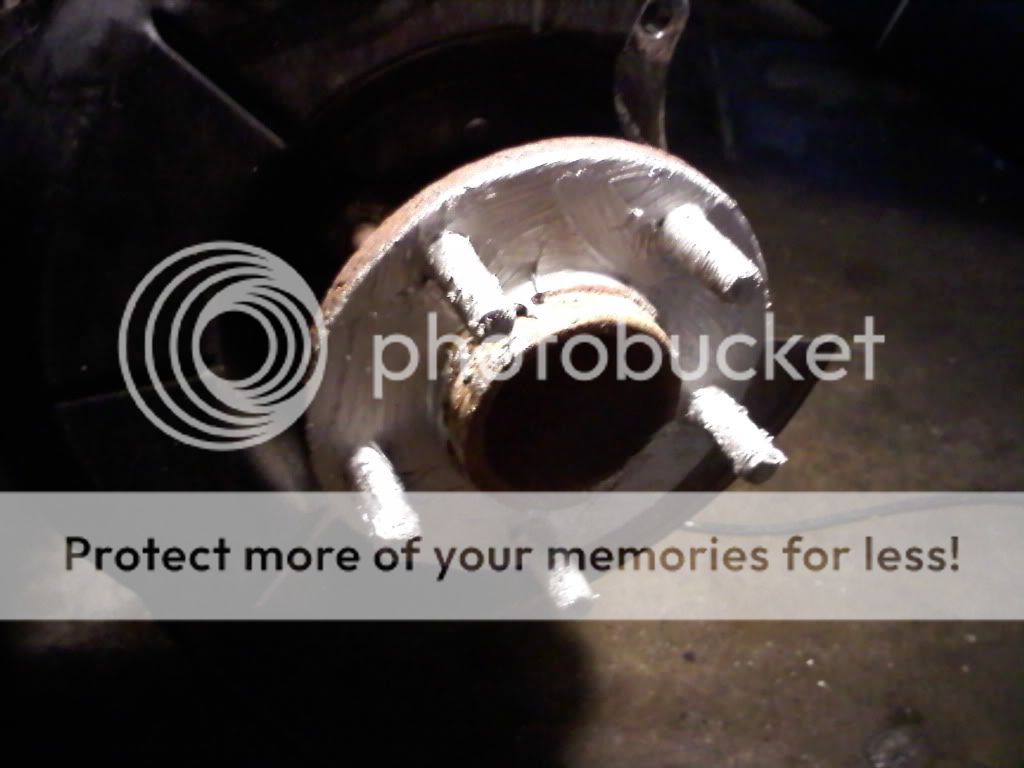
put your new rotor on:
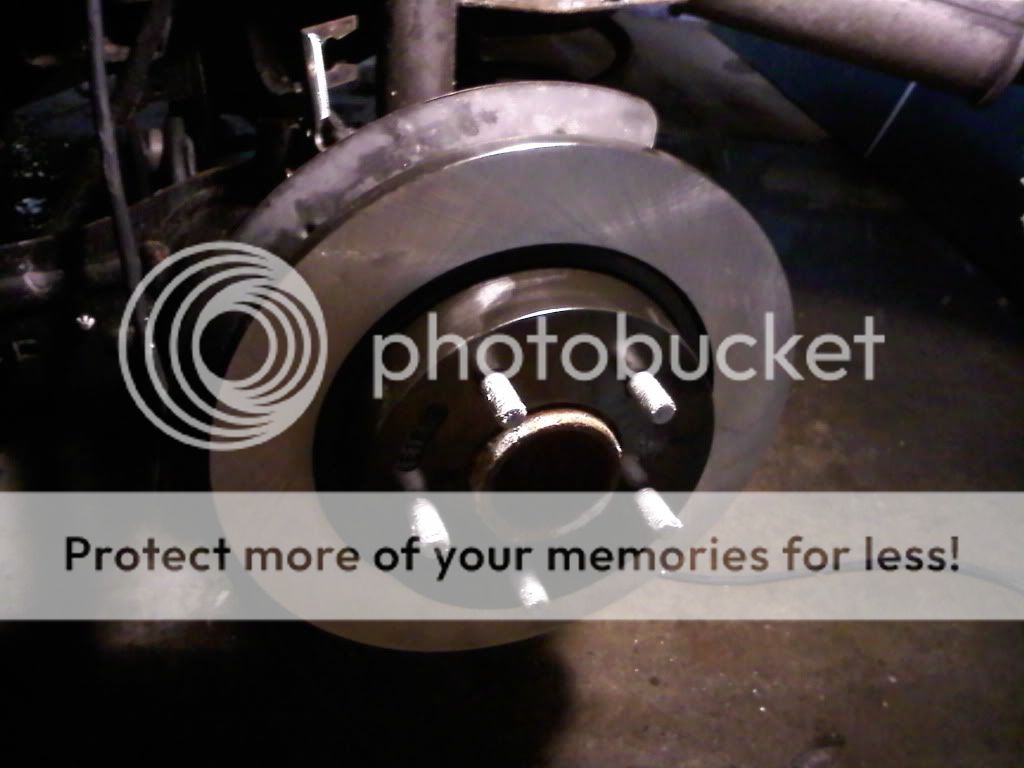
I put the anti seize lube on the caliper brigde two holes, but not needed
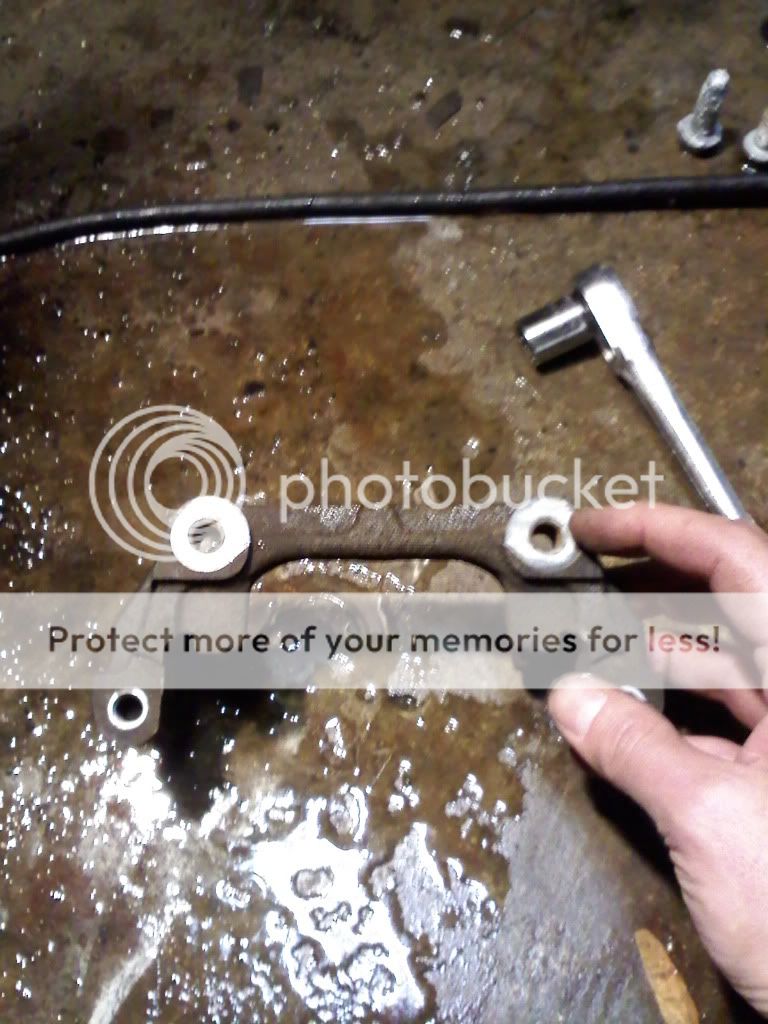
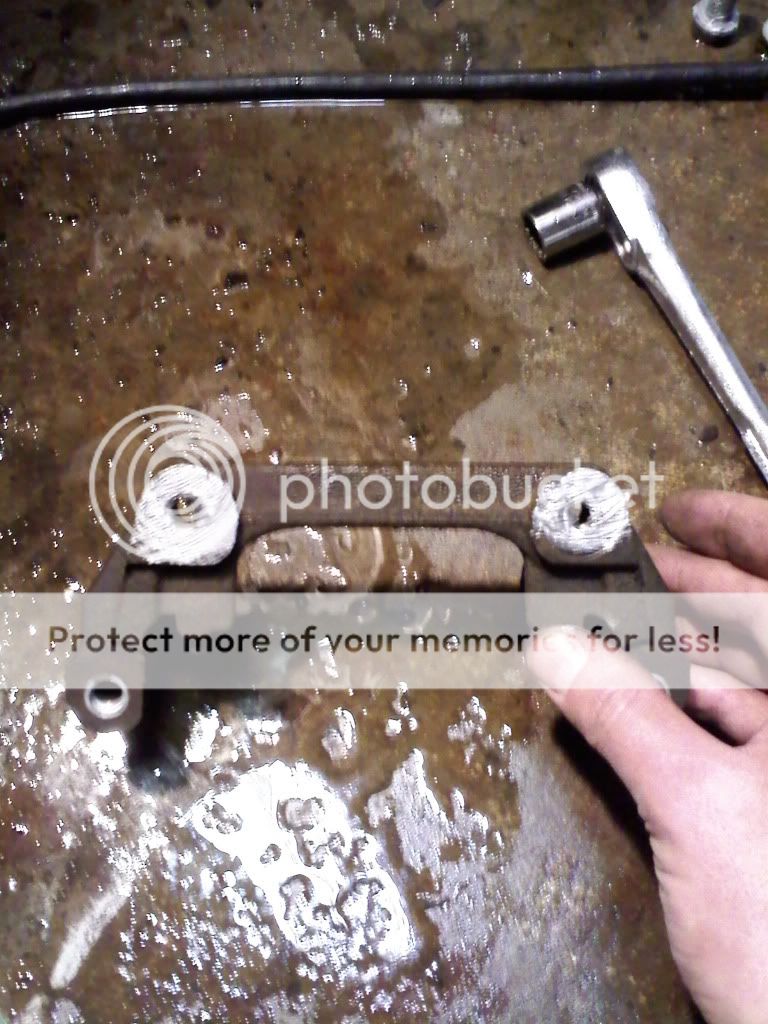
lubbed the bolts that are going to hold the bridge,
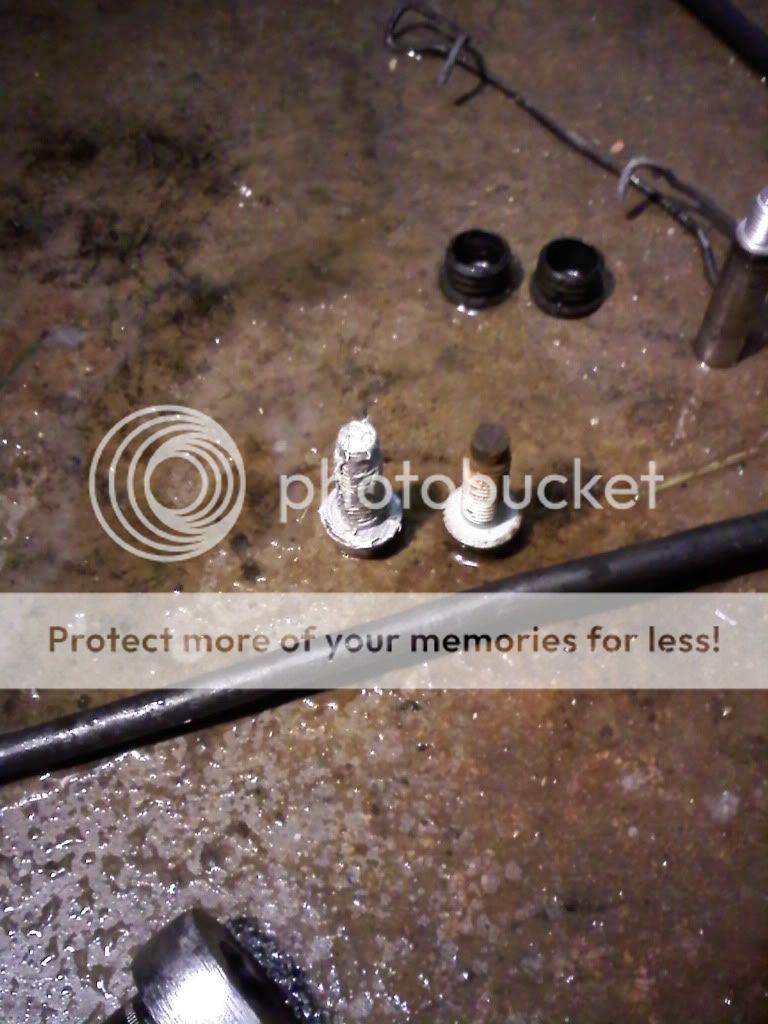
screw in the bolts to secure the bridge, tighten the hell out of em' (not sure of the torque on these, but GET EM TIGHT)
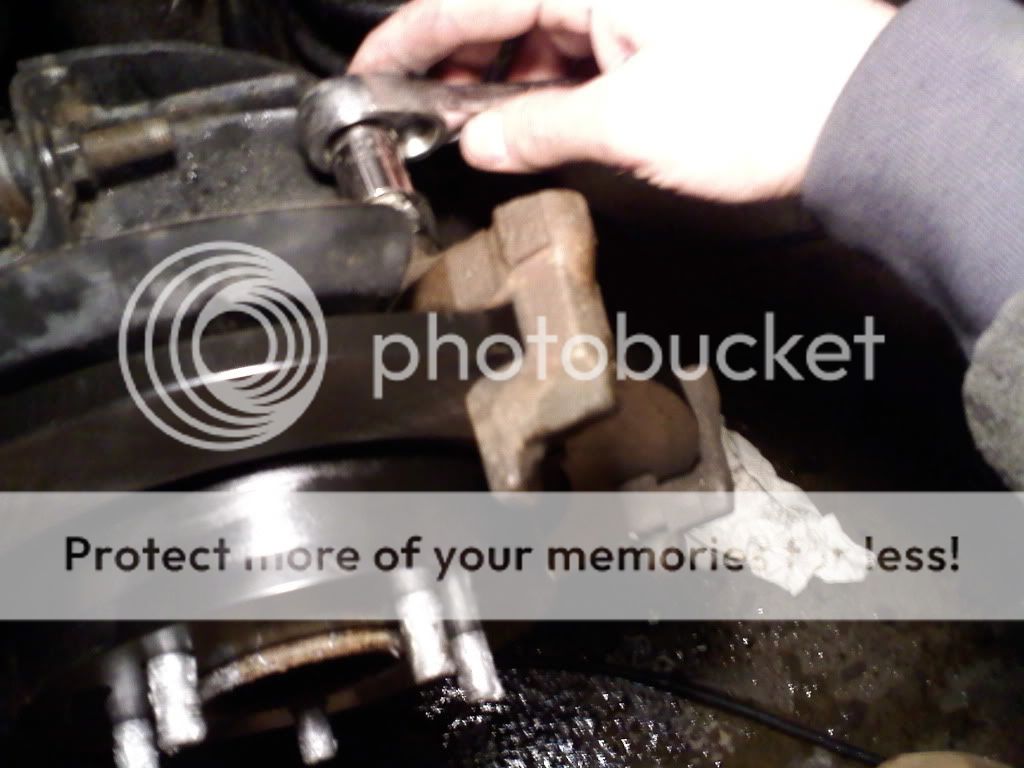
compress the caliper. This is were you need the tool that fits in those two holes. I took the caliper completely off to do this because it just kept spining and not compressing. When the caliper was completely removed, it was compressing (IF YOU REMOVE THE CALIPER, BLEED THE BRAKES!)
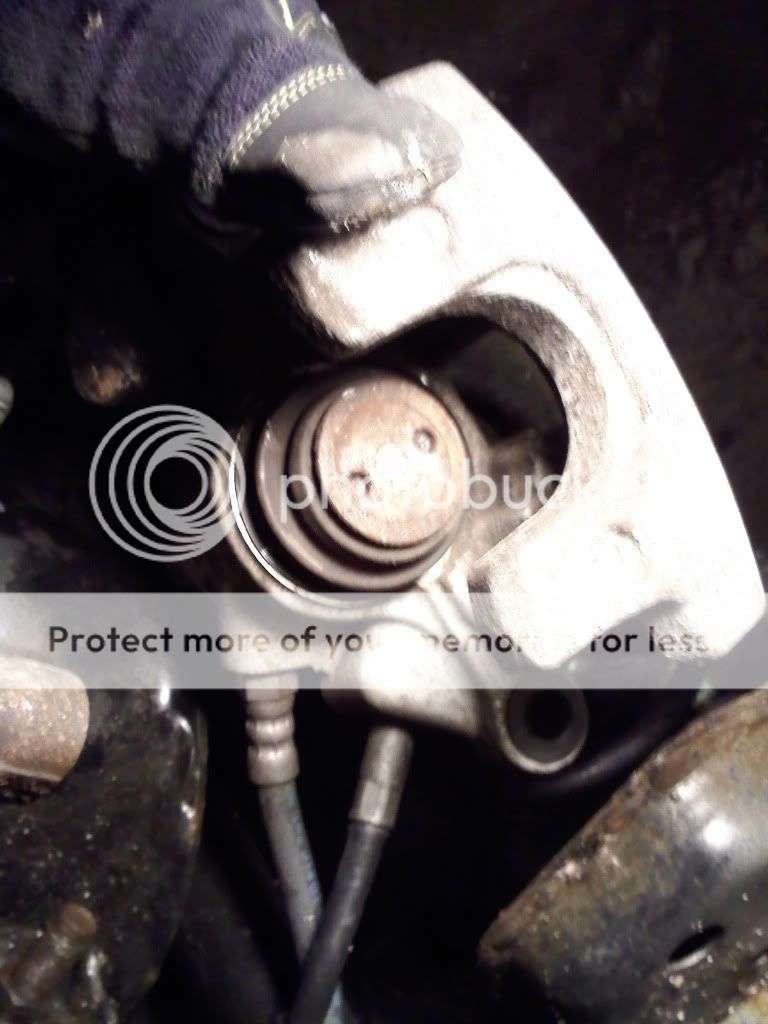
when it's compressed like this, put the pads on the bridge and check to make sure the caliper is compressed enough to fit over the pads and then take it off and remove the pads.
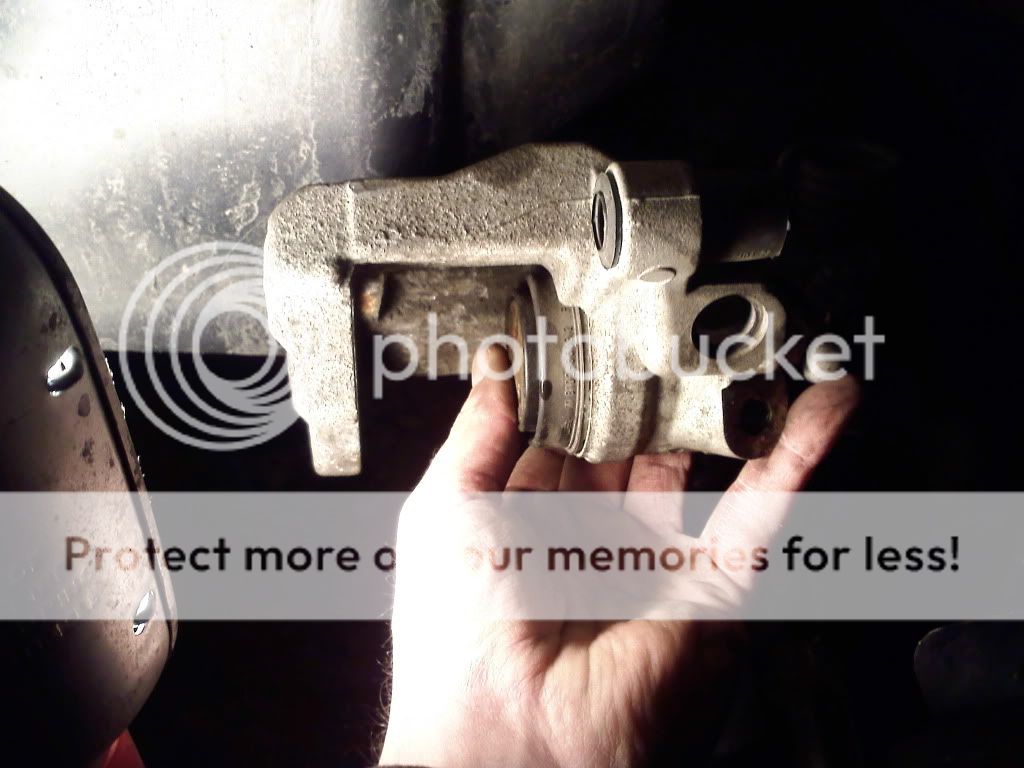
put the disc brake quiet crap on the BACK OF THE PAD (AGAIN, I put too much on here. Just needs to be on the contact points. Got a little carried away with all the lube. You guys know how that can be! OH YEAH YOU DO!
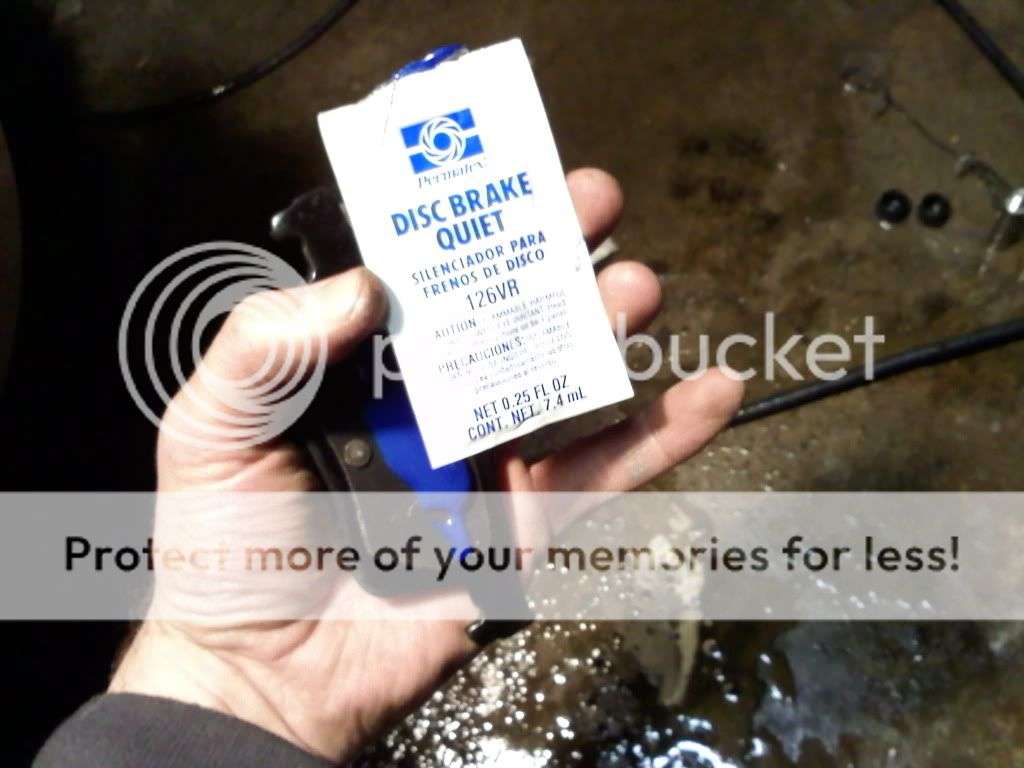
put the pads on the bridge,
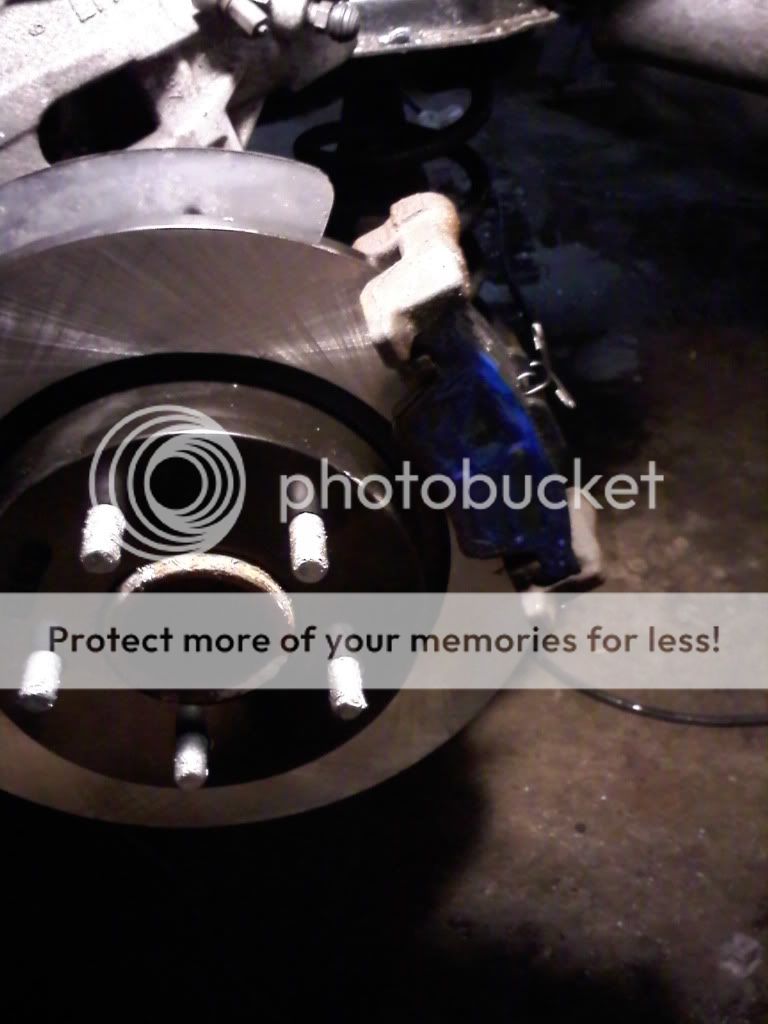
put the caliper on,
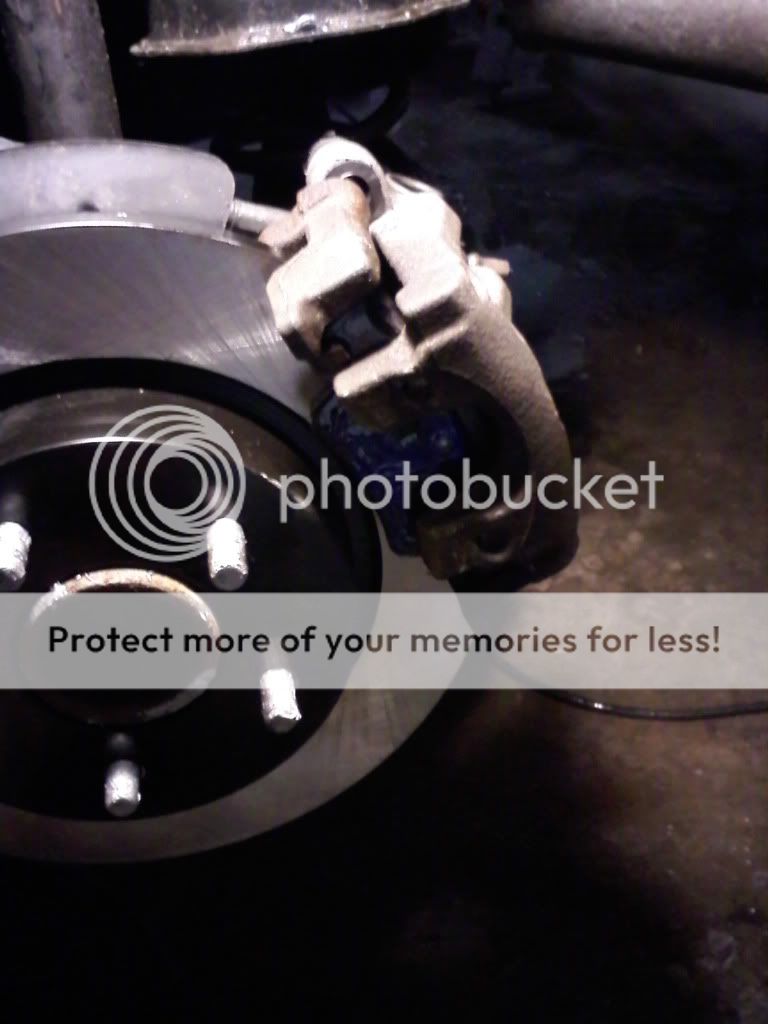
put the retaining clip back on
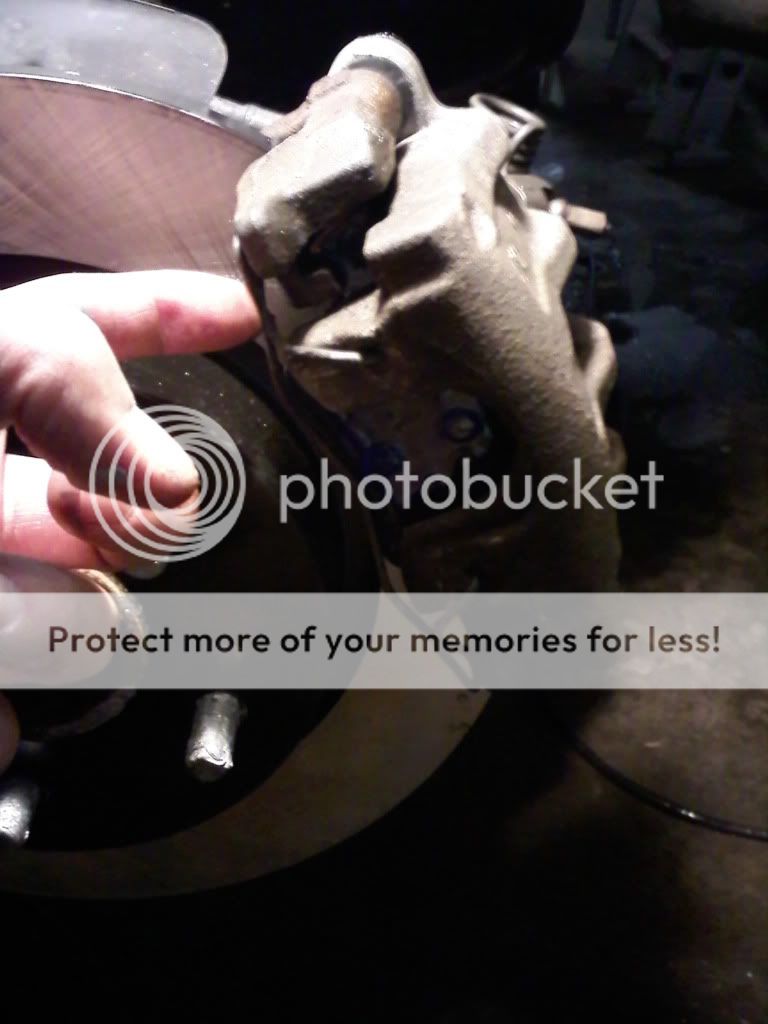
put the ultra disc brake lube on the bolts and boots of the caliper before installing, be generous.
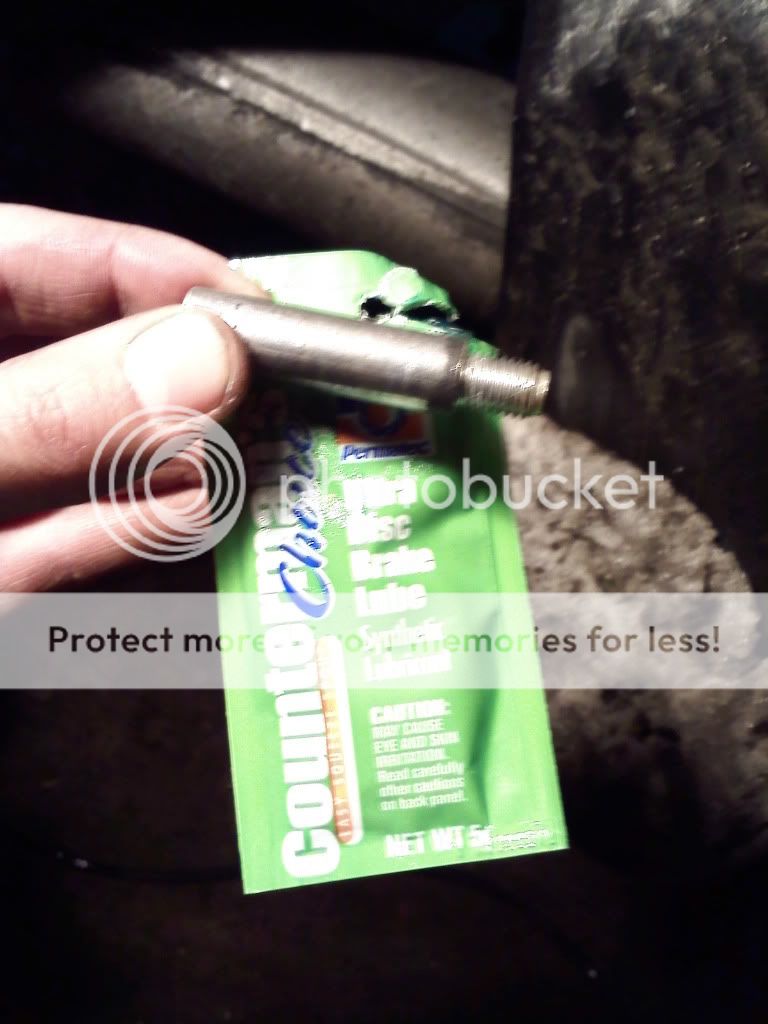
Screw those puppies in, not nearly as tight as the bolts on the bridge.
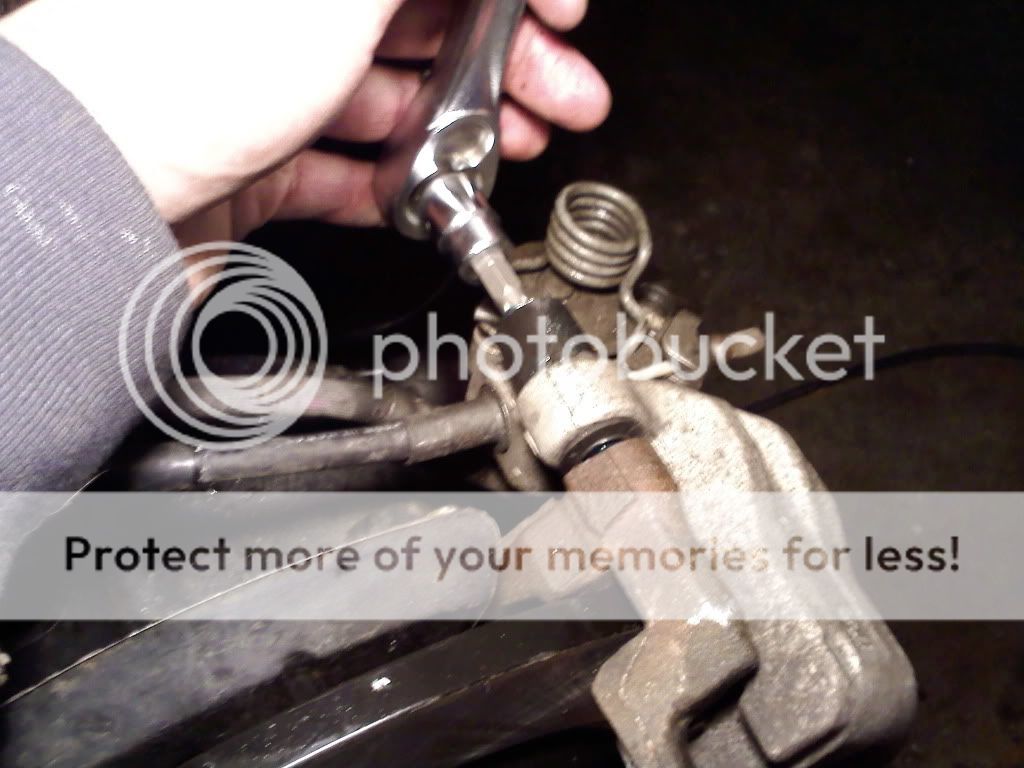
Put your little black caps back on to protect those babies
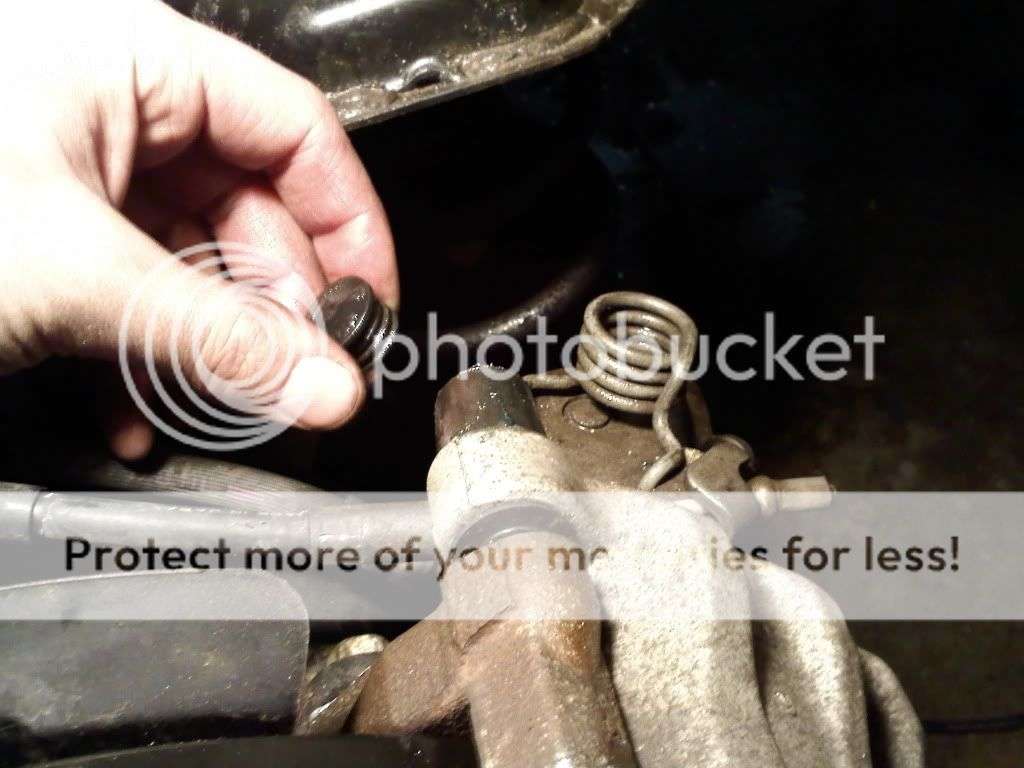
Put your wheel back on
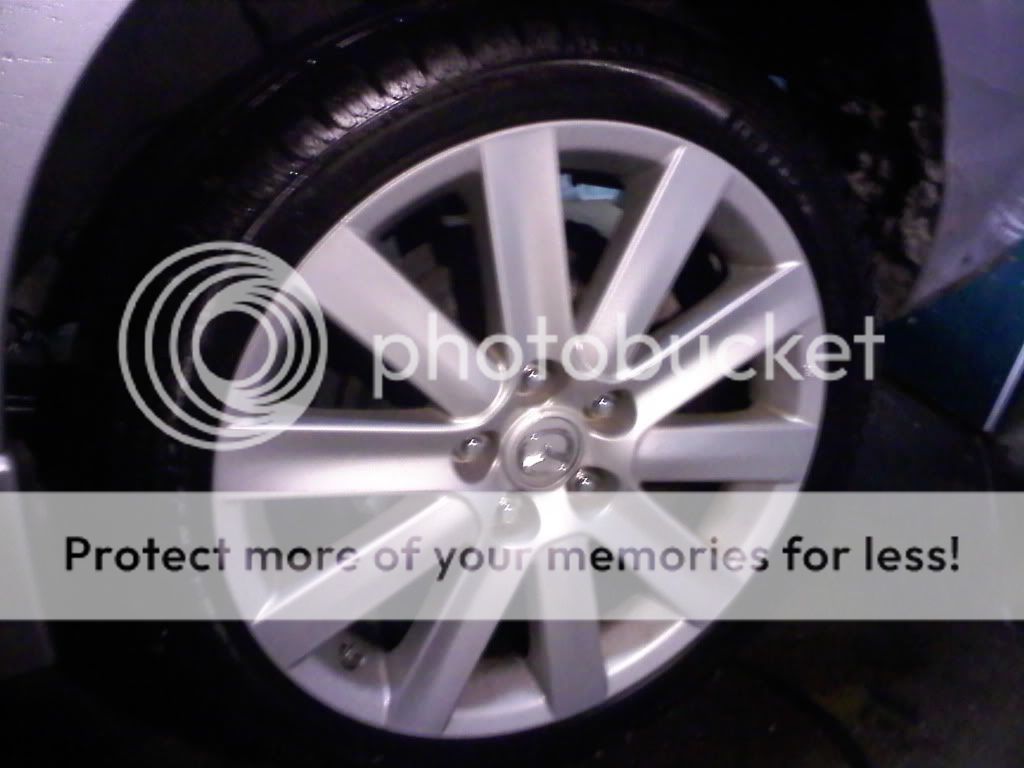
Sorry if it takes forever to download this page, and if I'm wrong or forgot anything, add it in here!
Tools needed: cool jack, stands, shop light, brake parts cleaner, breaker bar w/21mm socket (or the tire iron), ratchet, torx socket, disc brake lube, disc brake quiet, anti-seize lube, hammer, flat head screwdriver, vice grips, forgot the sizes of the wrenches (think it was 10mm, 8mm, and the socket might be 14mm, just bring the box!), and the caliper compressor tool!
Rear caliper has to be TURNED in, not squezzed! Rent the tool for free from the auto store. It's that little circle thing next to the torx socket.
Spray the new pads and rotors with the brake parts cleaner to get some of the new film and crap off before installing.



Where I jacked it up and put the stands,



Like I said, we're putting it all back together. So if you're taking it all apart, just do this backwards... REALLY SUGGESTED TO PUT THE LUB, but not "needed".
DO NOT put a crap load of anti seize on the hub, (I put too much, just put a "dab" on the bolts)


put your new rotor on:

I put the anti seize lube on the caliper brigde two holes, but not needed


lubbed the bolts that are going to hold the bridge,

screw in the bolts to secure the bridge, tighten the hell out of em' (not sure of the torque on these, but GET EM TIGHT)

compress the caliper. This is were you need the tool that fits in those two holes. I took the caliper completely off to do this because it just kept spining and not compressing. When the caliper was completely removed, it was compressing (IF YOU REMOVE THE CALIPER, BLEED THE BRAKES!)

when it's compressed like this, put the pads on the bridge and check to make sure the caliper is compressed enough to fit over the pads and then take it off and remove the pads.

put the disc brake quiet crap on the BACK OF THE PAD (AGAIN, I put too much on here. Just needs to be on the contact points. Got a little carried away with all the lube. You guys know how that can be! OH YEAH YOU DO!

put the pads on the bridge,

put the caliper on,

put the retaining clip back on

put the ultra disc brake lube on the bolts and boots of the caliper before installing, be generous.

Screw those puppies in, not nearly as tight as the bolts on the bridge.

Put your little black caps back on to protect those babies

Put your wheel back on

Sorry if it takes forever to download this page, and if I'm wrong or forgot anything, add it in here!
Last edited:

